
Pros and cons of credit card annual fees
Published Aug 24, 2025 10:06 PM UTC • 5 min read
Ever wonder why some credit cards charge you just to keep them in your wallet?
At first glance, it may seem odd. Why would anyone pay for a credit card when there are so many free ones available? But in reality, cards with annual fees often come with serious perks. These include big welcome bonuses, VIP travel benefits, better insurance, and higher rewards on everyday spending. The question is, are those perks worth the yearly price tag?
If you’ve ever asked yourself, "Should I get a card with an annual fee or stick to a no-fee option?" you’re not alone. Many Canadians face this choice, especially when comparing popular cards like the Amex Cobalt or Scotiabank Gold Amex with no-fee options like the Tangerine Money-Back Credit Card.
In this guide, we’ll explain what a credit card annual fee is, what you get in return, and when paying that fee actually makes sense. Whether you're a casual spender or a points-maximizing pro, this post will help you make the smartest choice for your wallet.
What Is a Credit Card Annual Fee?
A credit card annual fee is a set amount charged once a year just for owning the card. It’s usually billed on your first statement or on your card’s anniversary. In Canada, these fees often range from $100 to $150. Some premium travel cards can cost much more, with a few going up to $700 or higher.
Why do some cards charge a fee? It’s often to cover added perks like travel insurance, lounge access, or better rewards. Some cards aimed at people with lower credit or special features like reduced interest rates may also include a fee.
There are also many no-annual-fee credit cards, which incur no yearly fees. However, cards with fees usually offer more value if you use their features regularly. Some issuers let you pay the fee monthly, such as $12.99 per month instead of a one-time $155 charge.
If your card waives the fee in the first year, you’ll likely see it appear in the second year. Keep in mind, the fee is charged whether or not you use the card, so it’s important to be prepared for it.
Now that you understand what an annual fee is, let’s explore the value you can get from paying one and when it might not be the best choice.
Pros of Credit Card Annual Fees
Many people try to avoid paying for a credit card, but in some cases, it can be a smart move. Here are a few reasons why an annual fee might work in your favour:
- Higher Rewards and Bonuses: Cards with annual fees usually offer better rewards. You can earn more points or cash back and enjoy bigger welcome bonuses. For example, while a no-fee card might give 1% cash back, a fee-based card could offer 2% or more value on the same spending.
- Premium Perks: Many fee cards include luxury perks like airport lounge access, hotel upgrades, and travel credits. One example is the American Express Platinum Card, which offers over $400 in yearly value through lounge access and other benefits, though the card costs around $799 per year.
- Built-in Insurance: These cards often include travel insurance, trip cancellation coverage, rental car protection, and more. Some also offer purchase security and extended warranties, helping you save money and avoid buying separate insurance.
- Lower Rates or Credit Support: Some low-interest cards charge a fee in return for lower rates. Others, like secured cards or those for newcomers, offer a path to build or rebuild credit. The annual fee helps fund extra features that can support your financial goals.
- Better Value for High Spenders: If you spend a lot on your card, the rewards can add up fast. One $139-fee card returned $953 in value in a year. This was much more than a no-fee card, which earned only $175. If your spending matches the card’s strengths, you can come out ahead.
Annual fee cards can deliver more value if you use them well. Make sure the rewards and perks align with how you spend. If they do, paying a fee may help you earn more, save more, and enjoy more benefits.
Cons of Credit Card Annual Fees
Paying an annual fee can make sense for some, but it’s not always a smart move. Here are some important downsides to consider:
- You Pay Even If You Don’t Use It: Annual fees are charged whether you use the card or not. Many cards in Canada charge $99 to $120 a year, but some premium ones go higher. If you don’t use the card’s perks, that fee becomes wasted money. Think of it like paying for a subscription you barely use.
- Not Everyone Uses the Perks: A card with travel perks might sound great, but if you don’t fly often, benefits like lounge access or free checked bags won’t be of much use. If you don’t spend much or your spending doesn’t match the reward categories, a no-fee card might make more sense.
- Pressure to Overspend: Some people feel the need to “get their money’s worth” after paying a fee. This can lead to buying things just to earn more rewards, which may hurt your budget. Remember, credit card rewards are not worth it if they push you into debt or high-interest charges.
- Free Cards Offer Decent Value: There are many no-annual-fee cards in Canada that still give good cash back or points. For example, the Tangerine Money-Back Card allows you to choose your own reward categories and charges no fee. These types of cards offer great value, especially for those with light spending habits.
- Not Great if You Carry a Balance: If you tend to carry a balance, skip the fee-based cards. High interest rates plus an annual fee add up fast. A no-fee or low-interest card is usually better if you’re working on paying down debt.
- Multiple Fees Add Up: It’s easy to sign up for several cards, but multiple annual fees can cost you hundreds each year. Unless each card gives clear value, you may be paying for features you don’t use. Always review your cards and cancel or downgrade those that no longer serve you.
- Fee Cards Need Tracking: With an annual fee card, you’ll want to do a yearly checkup. Add up what you earned in rewards and perks, then compare it to the cost of the fee. If you didn’t come out ahead, consider switching to a no-fee version.
Annual fees are only worth it if you use the benefits fully. If not, you’re better off with a solid no-fee card that rewards your everyday spending without costing you extra.
Are Credit Card Annual Fees Worth It?
It depends. The easiest way to decide is by comparing what you get to what you pay.
- Do the Math: Start by estimating the rewards and perks you’ll use in a year. Add up things like cash back, travel credits, lounge visits, or insurance savings. Then subtract the annual fee. If you come out ahead, the card may be worth it. If not, you’re losing money.
Example:
- Earn $300 in value
- Pay $120 annual fee
- Net benefit equals $180
That’s a win. But if you only use $50 in rewards, the card costs you more than it gives back.
- Look Beyond Numbers: Not every benefit is easily quantifiable. Maybe lounge access makes your travel more enjoyable. Maybe the card’s customer support is worth it for peace of mind. These things matter, but only if you truly use them. Avoid paying just for a card’s brand or look. Ask yourself: Am I using what I’m paying for?
- Match the Card to Your Lifestyle: A travel-heavy spender might gain from a premium card. But if you’re focused on groceries or basic rewards, a no-fee card could do the job. There is no single best card for everyone. It comes down to what works for you.
- Try Before You Commit: Many cards waive the fee in the first year or offer welcome bonuses that offset it. Use that time to test if the perks are useful. You can also call your card issuer after the first year and ask them to waive or reduce the fee. It may not always work, but it’s worth trying.
If you get more value than you pay, the card is worth it. If not, skip it. Choose based on your habits and goals, not hype.
FAQs
Q: How do I know if a credit card’s annual fee is worth it?
Add up the card’s rewards, perks, and savings you’d use. Subtract the fee. If you come out ahead, it’s worth it. If not, stick with a no-fee card.
Q: Can I avoid paying a credit card’s annual fee?
Yes. Choose a no-fee card, or look for first-year fee waivers. If you already have a fee card, call your issuer and ask for a fee credit or downgrade to a no-fee version.
Q: When is the fee charged?
Most cards charge it on your first bill and then every 12 months. Some may opt for monthly payments. Always check your billing cycle and set a reminder before your renewal date to cancel or downgrade if needed.
Q: If I cancel, will I get the fee back?
You may get a full refund if you cancel within 30 days of the fee posting. After that, it’s less likely. Call your issuer and ask. To avoid losing points or hurting your credit, consider downgrading instead of cancelling.
About the author

Faith Ogunkanmi
Faith is a seasoned finance professional with over six years of experience specializing in credit analysis, financial risk assessment, and business/personal lending. My background includes extensive w... See full bio
Trending Offers
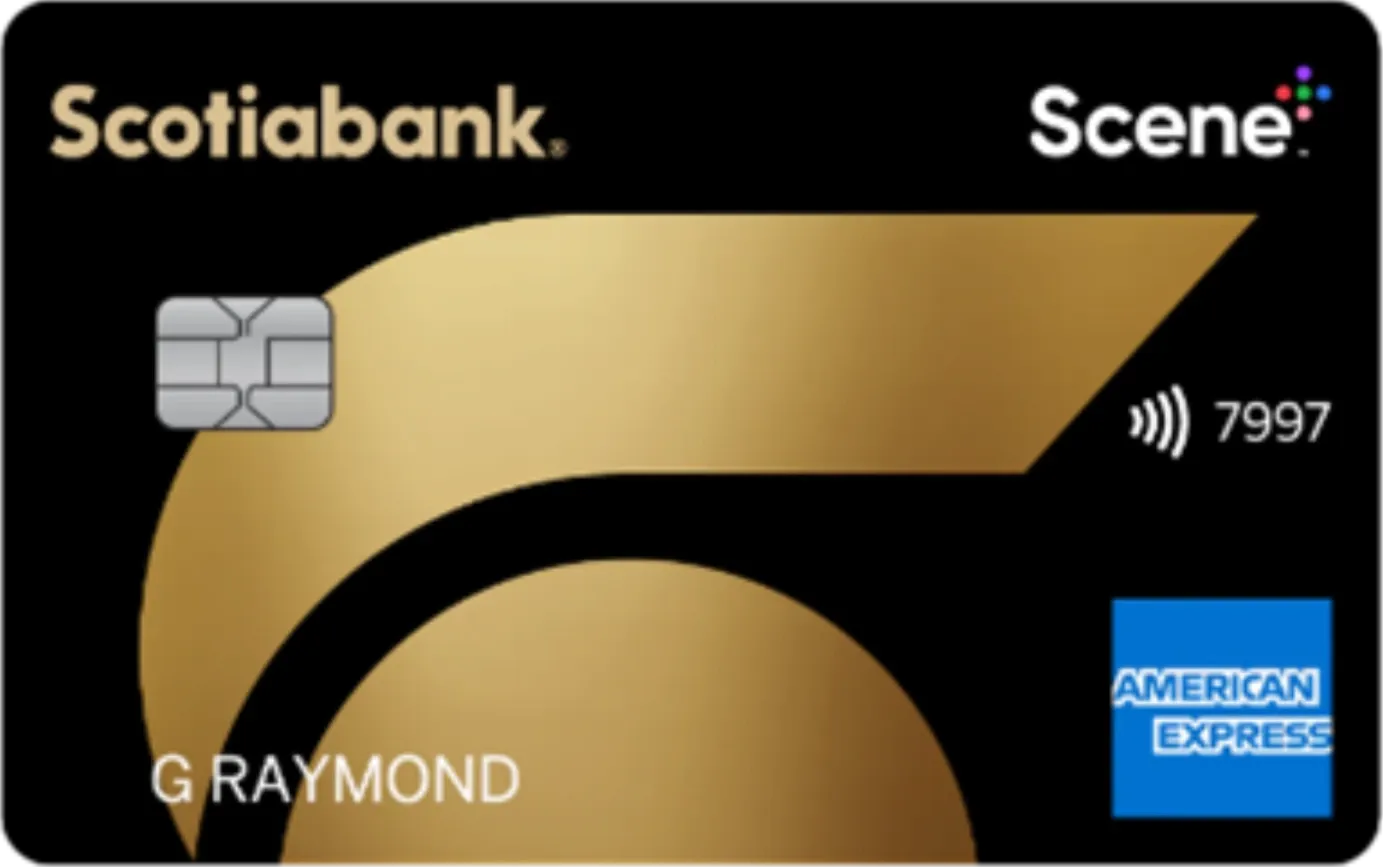
Scotiabank Gold American Express® Card
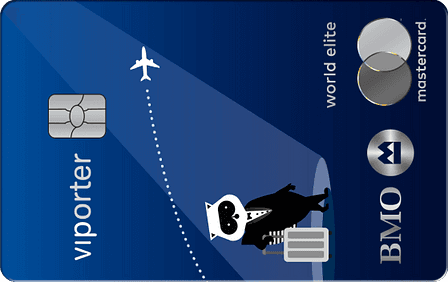
BMO VIPorter World Elite Mastercard®∗
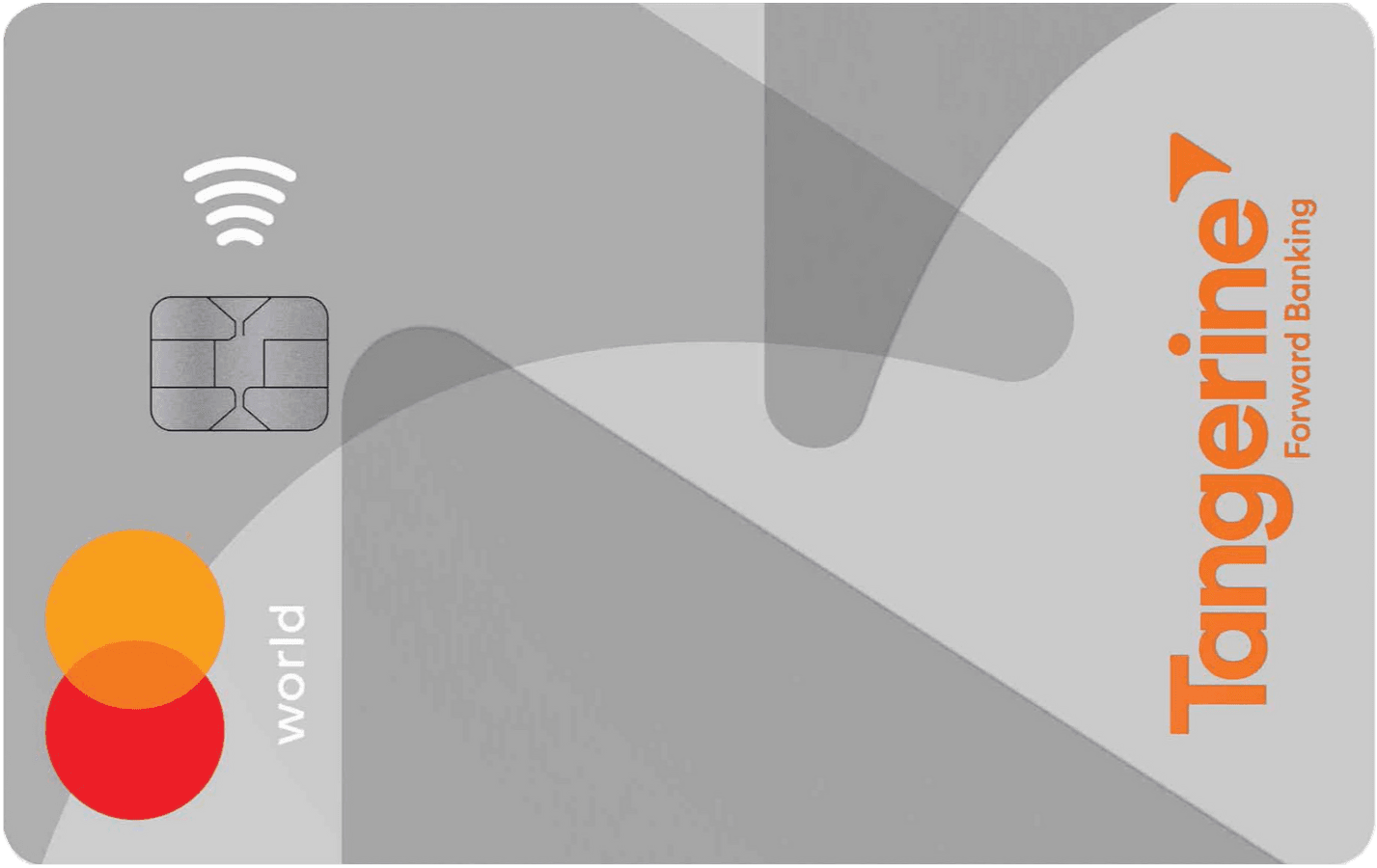
Tangerine World Mastercard
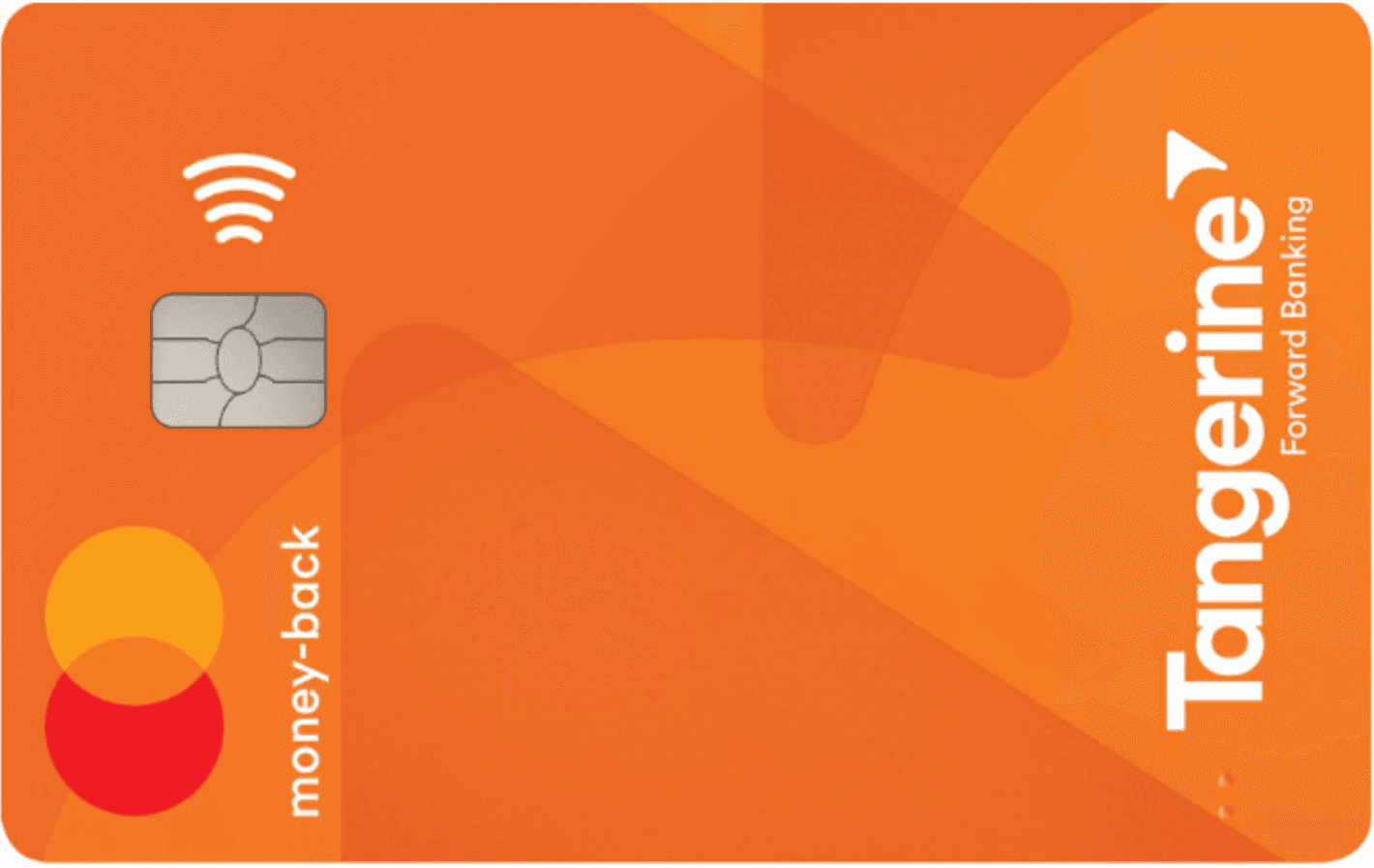
Tangerine Money-Back Credit Card

BMO VIPorter Mastercard®∗
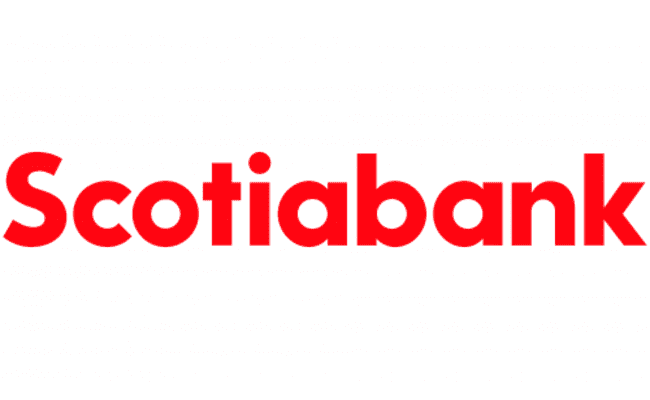
Scotiabank Preferred Package Chequing for Student and Youths
What's on this Page